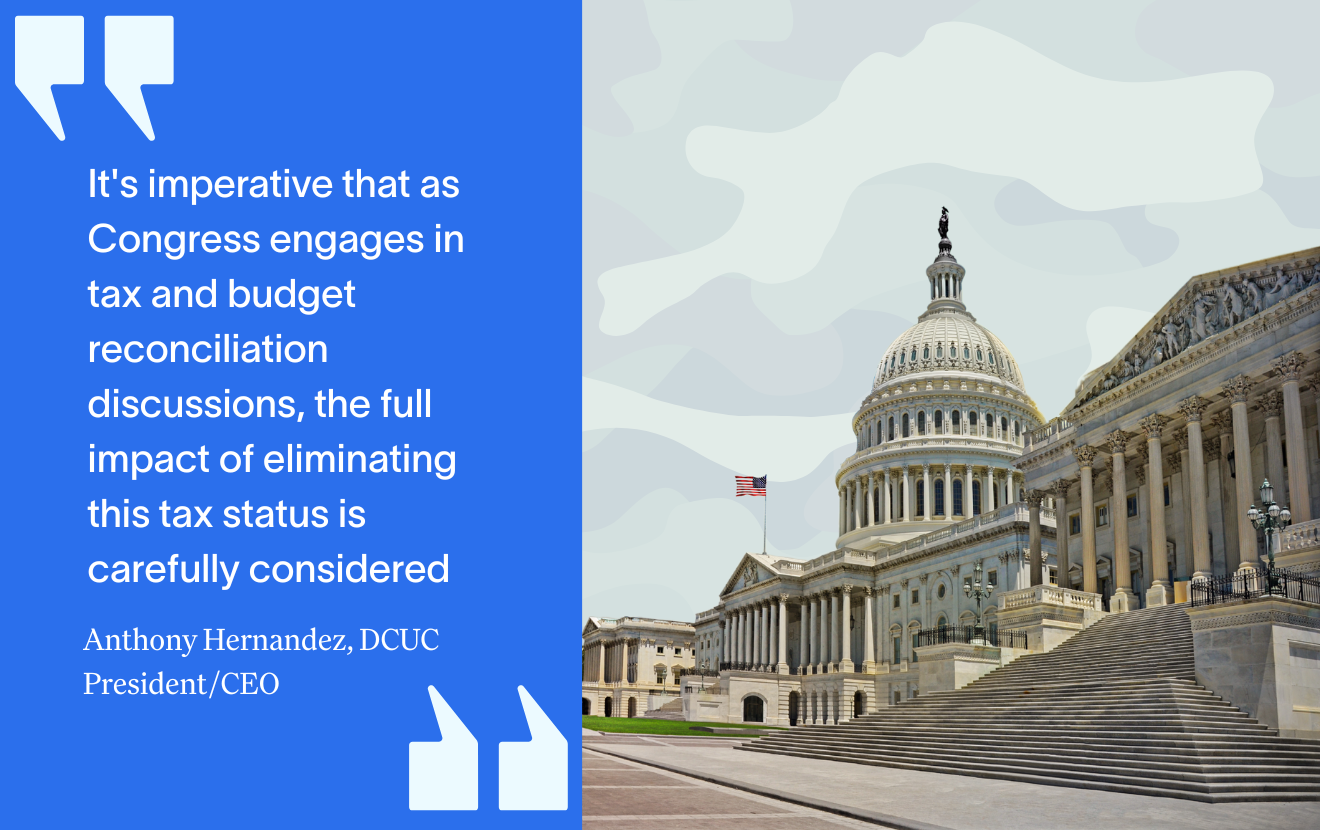While more organizations embrace digital transformation, there is a misperception for what it is exactly. Yes, it’s a process for modernizing legacy technology and building new capabilities to better serve members. But technology actually is not the core focus of digital transformation – the people are. Technology is the easy part – digital transformations are all about culture, buy-in and alignment.
Recently a CEO of a $800M credit union shared, “Influencing the board about digital disruption can be a slow process but, it’s about education and continuing to educate over time through multiple sources and approaches. Create a culture where change is the norm and the constant and those who embrace change are rewarded and recognized. If you’re not willing to constantly adopt new technology, you’re going to, if you haven’t already, become irrelevant.”
Another misconception is that digital transformations have a defined timeline with an ultimate end destination. Many organizations approach digital transformation as static projects, however, as with life, transformations are a journey. Organizations that adopt a digital transformation mindset will never stop transforming, changing – adaptation and resiliency are the norm, that require a commitment to a culture shift that values buy-in and alignment.
According to Forbes, 70% of digital transformation journeys fail.
So how do organizations do this effectively? Start with the why.
At Think|Stack, we love to hold sessions with our clients that help the group define where they are headed in the future. We can then use this insight to determine how a digital transformation will support that journey. To be effective, this process must be inclusive beyond the executive team – we encourage clients to think about those people that will need to participate actively in the digital transformations; think about whose jobs will change; who will do the work and lead. These are the people that need to buy in and there is no better way to generate buy-in than to include them in the design of the process.
The output of this session is a one-pager that articulates the transformation plan – it is succinct but descriptive and must be shared, trained and understood by all involved.
Now that you have established the why and have begun to develop buy-in, you need to perform an assessment of your current environment and processes including your technology. We use journey mapping to facilitate conversations and brainstorms with our clients to develop current visuals their most critical processes, identifying strengths, weaknesses and things that need to be changed. Again, everyone who is involved in these journeys, including clients, should be part of this process to ensure you truly understand the experience of those that go through it, as well as the perspective of the executive team.
Following the assessment, the next step is to build a multi-layer tactical plan – a 3-year guide featuring high-level goals, a 1-year plan with more detail, and a quarterly tactical plan and budget. Quarterly plans allow the team to celebrate wins to maintain momentum and excitement. Smaller plans are agile and allow for tweaks and resets as needed as the team works towards the 1-year goal, then subsequently the 3-year goal.
Planning is critical to ensuring the project is successful and meets the needs outlined in the journey mapping and defined by the why. There will be missteps and things will go sideways. The beginning of the journey is typically exciting, but the rapid change will be daunting. Many organizations discover they are under-staffed or not appropriately staffed for this journey, but a partner can help reduce and respond to turnover, or provide guidance through the process, especially the rough moments.
It is important for organizational and project leadership to continually communicate, motivate and educate throughout the journey to keep focused on the why and end-goal.
No digital transformation journey failed because of technology – they fail because of people who weren’t led and supported by the right culture.







